Lower Stomach Pain and Acupuncture Treatment
Lower stomach pain is a widespread issue affecting millions worldwide. Whether it’s a dull ache, sharp cramp, or persistent discomfort, this condition can disrupt daily life. The lower abdomen houses critical organs like the intestines, reproductive organs, and bladder, making pain in this area complex and multifaceted. Common causes range from digestive disorders like irritable bowel syndrome (IBS) to gynecological issues like endometriosis. While conventional treatments like medications or surgery are effective for some, others seek alternative therapies like acupuncture for natural, holistic relief.
Acupuncture, a cornerstone of Traditional Oriental Medicine (TOM), has gained popularity for managing various types of pain, including lower stomach pain. This article explores the causes of lower abdominal pain, how acupuncture works, its benefits for specific conditions, and what you can expect from treatment. Backed by scientific studies and expert insights, this guide aims to help you make informed decisions about using acupuncture for lower stomach pain relief.
- What Causes Lower Stomach Pain?
- Acupuncture Treatment
- How Acupuncture Works for Pain
- Acupuncture for Lower Stomach Pain: How It Helps
- Scientific Evidence Supporting Acupuncture
- What to Expect During Acupuncture Treatment
- Key Acupoints for Treating Lower Stomach Pain with Acupuncture
- Benefits of Acupuncture for Lower Stomach Pain
- Risks and Considerations
- Conclusion
What Causes Lower Stomach Pain?
Lower stomach pain can arise from numerous sources, each requiring a tailored approach to treatment. Below are the primary categories of causes:
Maybe You Need:
- Digestive Disorders
- Irritable Bowel Syndrome (IBS): Affects 10-15% of adults, causing cramping, bloating, and alternating constipation/diarrhea.
- Gastroenteritis: Viral or bacterial infections leading to inflammation of the stomach and intestines.
- Constipation: Hardened stools or infrequent bowel movements can cause discomfort.
- Inflammatory Bowel Disease (IBD): Conditions like Crohn’s disease or ulcerative colitis cause chronic inflammation.
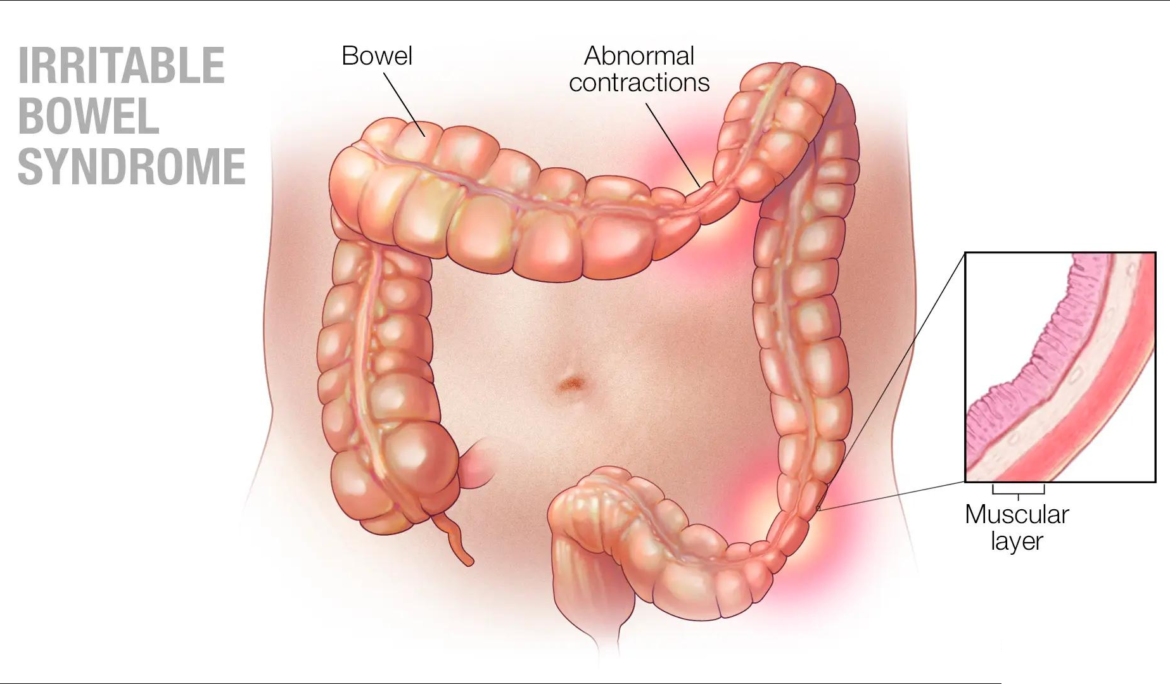
- Gynecological Issues
- Menstrual Cramps (Dysmenorrhea): Painful uterine contractions during menstruation affect up to 90% of women.
- Endometriosis: Tissue similar to the uterine lining grows outside the uterus, causing severe pain.
- Ovarian Cysts: Fluid-filled sacs on the ovaries can lead to sharp or aching pain.
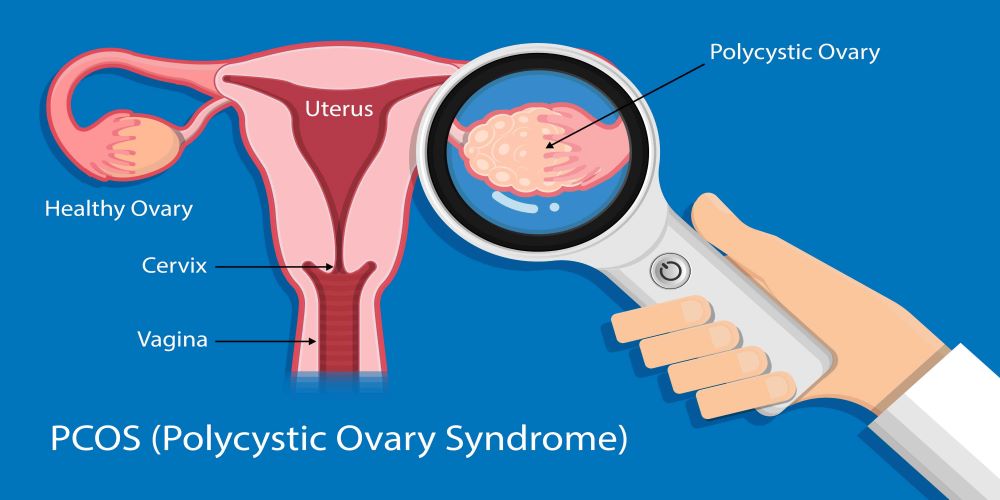
- Urinary Tract Conditions
- Urinary Tract Infections (UTIs): Bacterial infections in the bladder or urethra cause burning and lower abdominal pain.
- Kidney Stones: Hard deposits in the kidneys can cause referred pain to the lower abdomen.

- Musculoskeletal and Other Causes
- Muscle Strain: Overuse or injury to abdominal muscles can mimic organ-related pain.
- Appendicitis: Inflammation of the appendix, often requiring urgent medical attention.
- Stress and Anxiety: Psychological factors can manifest as physical pain in the gut.
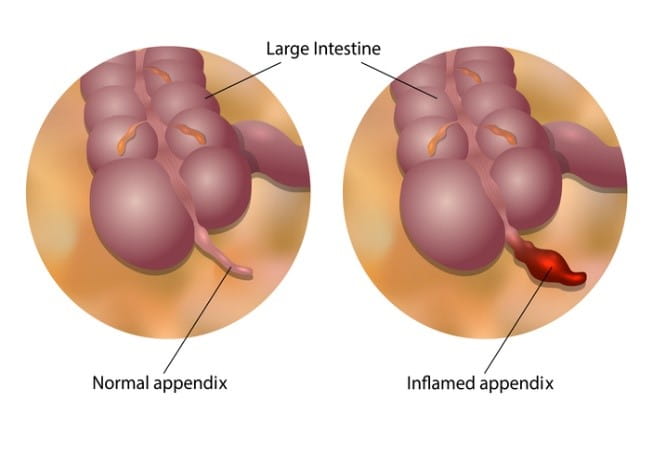
Understanding the underlying cause is crucial for effective treatment. Acupuncture targets both the symptoms and root causes, making it a versatile option for many patients.
Acupuncture Treatment
Acupuncture is a 2,500-year-old practice rooted in Traditional Oriental Medicine. It involves inserting thin, sterile needles into specific points on the body, known as acupoints, to restore balance and promote healing. According to TOM, the body’s vital energy flows through pathways called meridians. Blockages or imbalances in energy can lead to pain and illness. Acupuncture aims to unblock these pathways, harmonizing the body’s energy.
Modern science views acupuncture through a different lens. Research suggests that acupuncture stimulates the nervous system, releasing endorphins, serotonin, and other neurotransmitters that reduce pain and inflammation. It also improves blood flow and regulates the autonomic nervous system, which controls bodily functions like digestion.
How Acupuncture Works for Pain
- Neurological Effects: Stimulates sensory nerves, sending signals to the brain to modulate pain perception.
- Endorphin Release: Triggers the release of natural painkillers in the body.
- Anti-Inflammatory Response: Reduces pro-inflammatory markers, alleviating swelling and discomfort.
- Autonomic Regulation: Balances sympathetic and parasympathetic nervous system activity, improving organ function.
Acupuncture for Lower Stomach Pain: How It Helps
Acupuncture is particularly effective for conditions causing lower stomach pain, such as IBS, menstrual cramps, and chronic pelvic pain. Below, we explore how it addresses specific conditions.
- Irritable Bowel Syndrome (IBS)
IBS is a functional gastrointestinal disorder characterized by abdominal pain, bloating, and irregular bowel habits. A 2019 meta-analysis published in Evidence-Based Complementary and Alternative Medicine found that acupuncture significantly reduced IBS symptoms compared to sham acupuncture or medications. By targeting acupoints like ST25 (Tianshu) and CV6 (Energyhai), acupuncture regulates intestinal motility and reduces visceral hypersensitivity.
- Menstrual Cramps (Dysmenorrhea)
Primary dysmenorrhea affects millions of women, causing debilitating lower abdominal pain during menstruation. A 2018 study in Pain Medicine showed that acupuncture reduced pain intensity and improved quality of life in women with dysmenorrhea. Acupoints like SP6 (Sanyinjiao) and LI4 (Hegu) help relax uterine muscles and improve blood flow.
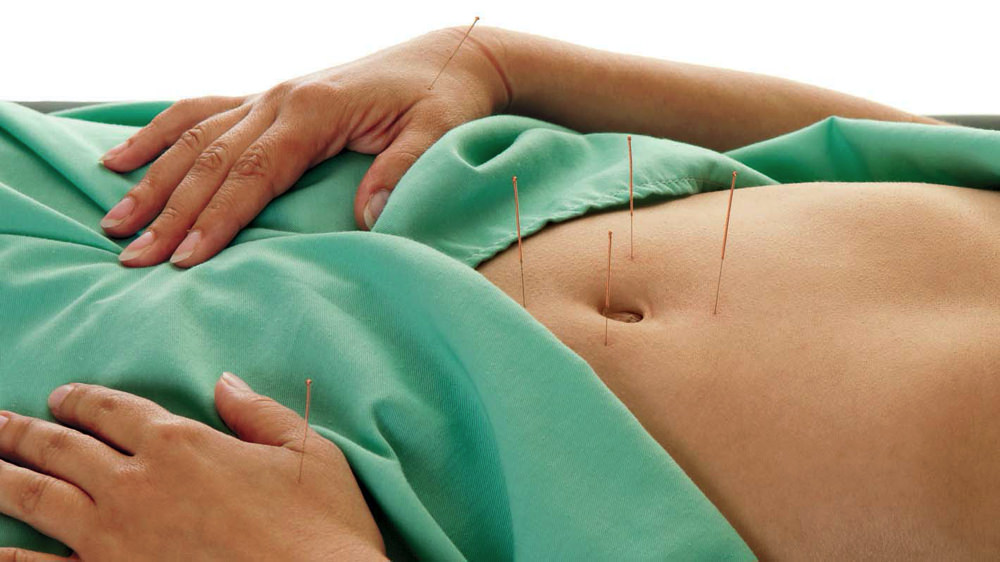
- Endometriosis
Endometriosis causes chronic pelvic pain and infertility in 10% of women. Acupuncture can complement medical treatments by reducing inflammation and pain. A 2020 study in Frontiers in Medicine reported that acupuncture improved pain scores and quality of life in endometriosis patients.
- Digestive Issues
Conditions like gastroenteritis or constipation benefit from acupuncture’s ability to enhance gastrointestinal motility and reduce inflammation. Acupoints like ST36 (Zusanli) stimulate vagal nerve activity, promoting digestion.
- Stress-Related Pain
Stress and anxiety can exacerbate lower stomach pain by disrupting the gut-brain axis. Acupuncture’s calming effects, mediated by the release of serotonin and GABA, help alleviate stress-induced symptoms.
Scientific Evidence Supporting Acupuncture
Acupuncture’s efficacy for lower stomach pain is backed by growing scientific research. Key studies include:
- IBS: A 2021 randomized controlled trial in The American Journal of Gastroenterology found that acupuncture reduced IBS symptom severity by 40% compared to placebo.
- Dysmenorrhea: A 2017 Cochrane Review concluded that acupuncture is a safe and effective treatment for primary dysmenorrhea.
- Chronic Pelvic Pain: A 2019 study in The Journal of Pain showed that acupuncture reduced pain intensity in women with chronic pelvic pain by 30-50%.
While more large-scale studies are needed, existing evidence supports acupuncture as a viable complementary therapy.
What to Expect During Acupuncture Treatment
Before Treatment
- Consultation: A licensed acupuncturist will assess your medical history, symptoms, and lifestyle to create a personalized treatment plan.
- Diagnosis: In TOM, the practitioner may examine your pulse and tongue to identify energy imbalances.

During Treatment
- Needle Insertion: Thin, sterile needles are inserted into specific acupoints. You may feel a slight pinch or tingling sensation.
- Session Duration: Sessions typically last 30-60 minutes, with needles left in place for 15-30 minutes.
- Relaxation: Most patients find the experience calming, often falling asleep during treatment.
After Treatment
- Immediate Effects: Some experience immediate pain relief, while others notice gradual improvement over multiple sessions.
- Frequency: Chronic conditions may require 6-12 sessions, while acute pain may resolve in fewer visits.
Key Acupoints for Treating Lower Stomach Pain with Acupuncture
ST25 (Tianshu)
Located two cun (approximately two finger-widths) lateral to the navel on both sides of the abdomen, ST25, known as Tianshu or “Celestial Pivot,” is a pivotal acupoint for treating lower stomach pain, particularly when linked to digestive disorders. As the front-mu point of the large intestine, ST25 directly influences intestinal function, making it a go-to choice for conditions like irritable bowel syndrome (IBS), constipation, diarrhea, and bloating. In Traditional Oriental Medicine (TOM), ST25 regulates the flow of Energy in the large intestine meridian, alleviating stagnation that manifests as cramping or distension. By stimulating ST25, acupuncturists can promote peristalsis, reduce visceral hypersensitivity, and ease inflammation, offering relief from both acute and chronic abdominal discomfort. A 2019 meta-analysis in Evidence-Based Complementary and Alternative Medicine highlighted ST25’s effectiveness in reducing IBS symptoms, with patients reporting significant decreases in pain and bloating compared to sham acupuncture. Clinically, ST25 is often paired with other points like CV12 or ST36 to enhance its digestive benefits, and practitioners may use techniques like moxibustion to warm the area, further encouraging Energy flow. Its strategic location on the abdomen allows direct access to the affected region, making it a cornerstone in acupuncture protocols for gastrointestinal health.

CV6 (Qihai)
Situated 1.5 cun below the navel along the midline of the abdomen, CV6, or Energyhai, meaning “Sea of Energy,” is a powerful acupoint for strengthening the lower abdomen and addressing pain rooted in energy deficiency or stagnation. In TOM, CV6 is considered a reservoir of vital energy, nourishing the body’s core and supporting the functions of the kidneys, spleen, and digestive organs. For lower stomach pain, CV6 is particularly effective in cases of chronic pelvic pain, fatigue-related discomfort, or generalized weakness, as it tonifies Energy and stabilizes the lower jiao (the lower part of the body’s energetic system). Its ability to regulate the Conception Vessel meridian makes it ideal for harmonizing abdominal organ function, reducing pain from conditions like IBS or endometriosis. Practitioners often use deep needling or gentle stimulation at CV6 to invigorate the body’s energy reserves, though caution is exercised due to its proximity to the peritoneal cavity. Research, including a 2020 study in Frontiers in Medicine, supports CV6’s role in improving pain scores in patients with chronic abdominal conditions, noting its calming effect on the autonomic nervous system. By fostering energy flow and reducing tension in the lower abdomen, CV6 serves as a foundational point in acupuncture treatments, often combined with ST25 or SP6 for comprehensive relief.

SP6 (Sanyinjiao)
Found three cun above the medial malleolus (inner ankle), just posterior to the tibia, SP6, or Sanyinjiao, translates to “Three Yin Intersection,” reflecting its unique position where the spleen, liver, and kidney meridians converge. This acupoint is a powerhouse for treating lower stomach pain, especially when related to gynecological issues like menstrual cramps (dysmenorrhea), endometriosis, or pelvic pain. In TOM, SP6 harmonizes the spleen and liver, regulates blood flow, and disperses dampness, addressing the stagnation or deficiency that often underlies abdominal and pelvic discomfort. Its versatility extends to digestive issues and stress-related pain, as it calms the mind and supports the gut-brain axis. A 2018 study in Pain Medicine demonstrated SP6’s efficacy in reducing menstrual pain intensity, with women reporting improved quality of life after regular treatments. Acupuncturists value SP6 for its ability to relax uterine muscles, improve circulation, and alleviate visceral hypersensitivity, making it a staple in protocols for female reproductive health. However, SP6 is contraindicated in pregnancy due to its potential to stimulate uterine contractions, requiring careful consideration by practitioners. Often paired with LI4 or ST36, SP6 offers a holistic approach to pain relief, addressing both physical and emotional components of lower stomach pain.
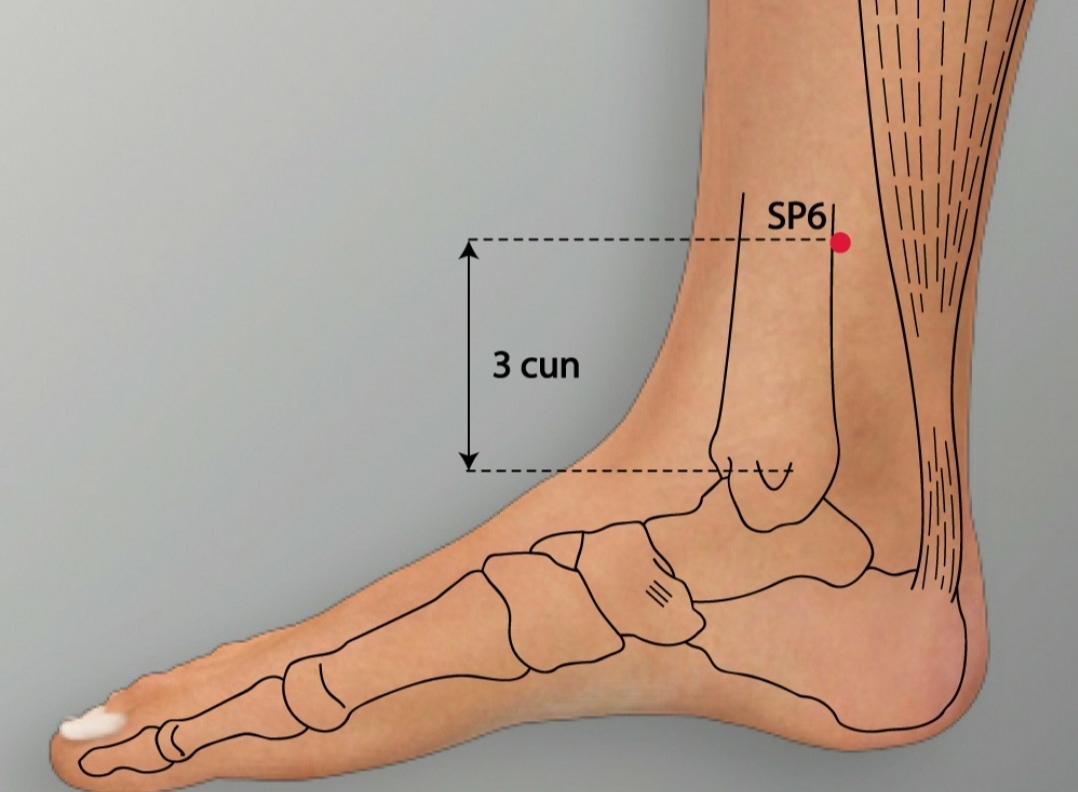
LI4 (Hegu)
Positioned in the webbing between the thumb and index finger, at the highest point of the muscle, LI4, known as Hegu or “Joining Valley,” is one of the most widely used acupoints in acupuncture for pain relief, including lower stomach pain. As a key point on the large intestine meridian, LI4 excels at moving Energy and blood, dispersing stagnation, and promoting systemic circulation, which can alleviate abdominal discomfort, particularly when stress or tension is a contributing factor. In TOM, LI4 is revered for its ability to regulate the body’s energy flow, making it effective for a range of conditions, from IBS-related cramping to menstrual pain exacerbated by emotional distress. Its analgesic effects are mediated through the release of endorphins and modulation of the nervous system, as evidenced by studies showing reduced pain perception after LI4 stimulation. A 2017 Cochrane Review noted LI4’s role in managing dysmenorrhea, highlighting its safety and efficacy. Practitioners often combine LI4 with SP6 or PC6 to enhance its calming and pain-relieving properties, though it’s avoided in pregnancy unless under strict supervision due to its potential to induce labor. LI4’s accessibility and broad therapeutic reach make it a versatile addition to acupuncture treatments for lower stomach pain.

ST36 (Zusanli)
Located three cun below the knee, one finger-width lateral to the anterior crest of the tibia, ST36, or Zusanli, meaning “Leg Three Miles,” is a renowned acupoint for strengthening the body’s digestive and immune systems, making it highly effective for lower stomach pain. In TOM, ST36 tonifies the spleen and stomach, enhances gastrointestinal motility, and boosts overall energy, addressing the root causes of conditions like IBS, gastritis, and chronic abdominal discomfort. Its ability to stimulate vagal nerve activity promotes digestion and reduces inflammation, offering relief from bloating, cramping, and pain. A 2021 randomized controlled trial in The American Journal of Gastroenterology found that ST36 stimulation reduced IBS symptom severity by 40%, underscoring its clinical value. Acupuncturists often use ST36 as a systemic point, combining it with local points like ST25 or CV12 to target both symptoms and underlying imbalances. Techniques like electroacupuncture or moxibustion at ST36 can amplify its effects, particularly in patients with fatigue or weakened digestion. Its versatility and robust evidence base make ST36 a cornerstone of acupuncture protocols for abdominal health.
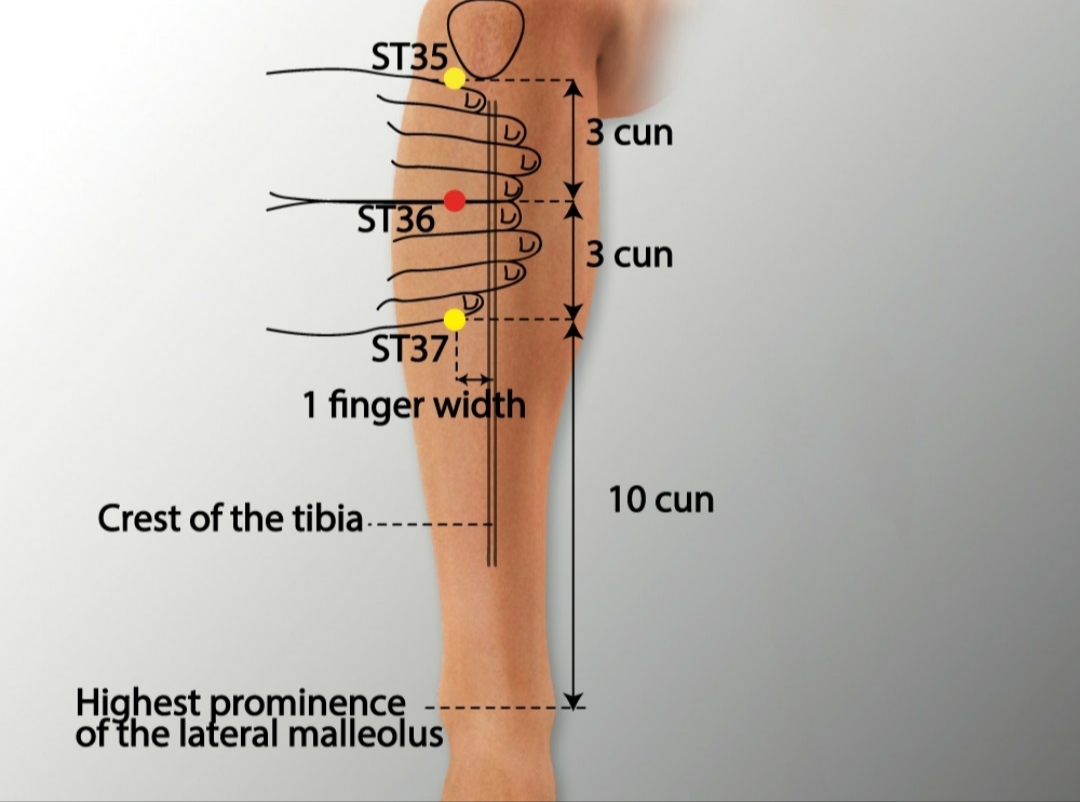
PC6 (Neiguan)
Situated two cun above the wrist crease, between the tendons of the flexor carpi radialis and palmaris longus, PC6, or Neiguan, meaning “Inner Pass,” is a critical acupoint for addressing lower stomach pain linked to stress, anxiety, or nausea. As a point on the pericardium meridian, PC6 excels at calming the mind, regulating the stomach, and harmonizing the heart’s interaction with the digestive system, aligning with TOM’s emphasis on the gut-brain connection. It’s particularly effective for stress-induced abdominal pain, nausea, or functional gastrointestinal disorders, as it modulates autonomic nervous system activity and promotes serotonin release. Research supports PC6’s role in reducing visceral pain and nausea, with studies citing its efficacy in conditions like gastroenteritis or anxiety-related IBS. Acupuncturists often combine PC6 with ST36 or LI4 to address both emotional and physical components of pain, using gentle needling or acupressure for sensitive patients. Its location on the forearm makes it easily accessible, and its calming effects enhance patient comfort during treatment, making PC6 a valuable point for holistic pain management.

CV12 (Zhongwan)
Found four cun above the navel along the midline of the abdomen, CV12, or Zhongwan, meaning “Central Venter,” is the front-mu point of the stomach, making it a primary choice for treating lower stomach pain associated with gastric and intestinal dysfunction. In TOM, CV12 harmonizes the stomach and spleen, resolves dampness, and regulates Energy in the middle jiao, alleviating symptoms like acid reflux, gastritis, and IBS-related cramping. Its strategic position allows it to influence both upper and lower abdominal organs, making it versatile for addressing complex pain patterns. A 2020 study in Frontiers in Medicine noted CV12’s role in improving pain and quality of life in patients with chronic digestive disorders, attributing its effects to enhanced vagal tone and reduced inflammation. Acupuncturists often pair CV12 with ST25 or ST36 for a synergistic effect, using techniques like moxibustion to warm the point and promote digestion. Its direct connection to the stomach meridian ensures targeted relief, and its inclusion in treatment plans underscores its importance in managing abdominal health.
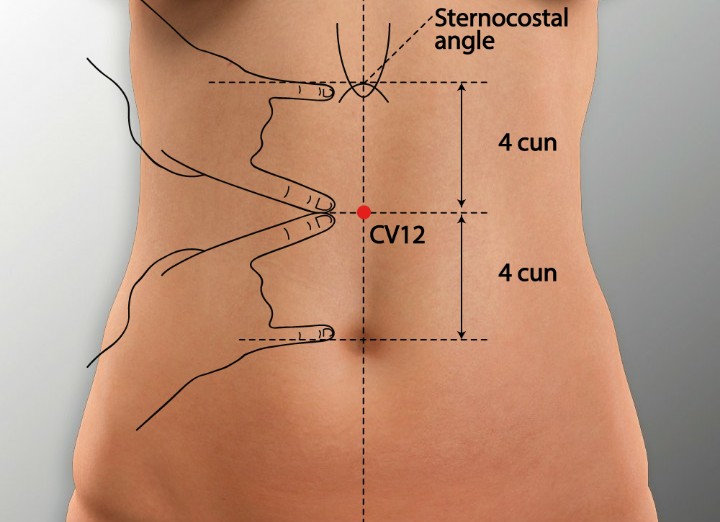
Benefits of Acupuncture for Lower Stomach Pain
- Non-Invasive: No surgery or medications required.
- Holistic Approach: Addresses physical, emotional, and energetic aspects of pain.
- Minimal Side Effects: Rare and mild compared to pharmaceuticals.
- Complementary: Can be used alongside conventional treatments.
Risks and Considerations
While acupuncture is generally safe, potential risks include:
- Minor Bleeding or Bruising: At needle insertion sites.
- Drowsiness: Some feel tired post-treatment.
- Infection: Rare if sterile needles are used.
Always choose a licensed acupuncturist certified by organizations like the National Certification Commission for Acupuncture and Oriental Medicine (NCCAOM).
Conclusion
Lower stomach pain can significantly impact quality of life, but acupuncture offers a safe, effective, and holistic approach to relief. By addressing conditions like IBS, menstrual cramps, and stress-related pain, acupuncture helps restore balance and promote healing. Backed by scientific evidence and centuries of practice, it’s a valuable tool for those seeking natural pain management.
If you’re considering acupuncture, consult a licensed practitioner to discuss your symptoms and treatment goals. With the right approach, acupuncture can be a game-changer in your journey to a pain-free life.
You need acupuncture treatment for Lower stomach pain? Contact Fuji Wellness now!
Fuji Wellness:
- Address: 132-0031 Matsushima 1-chome, 21-14, Tokyo, Japan
- Chat with us: Click here
- Email: sunnyphamsensei@gmail.com







